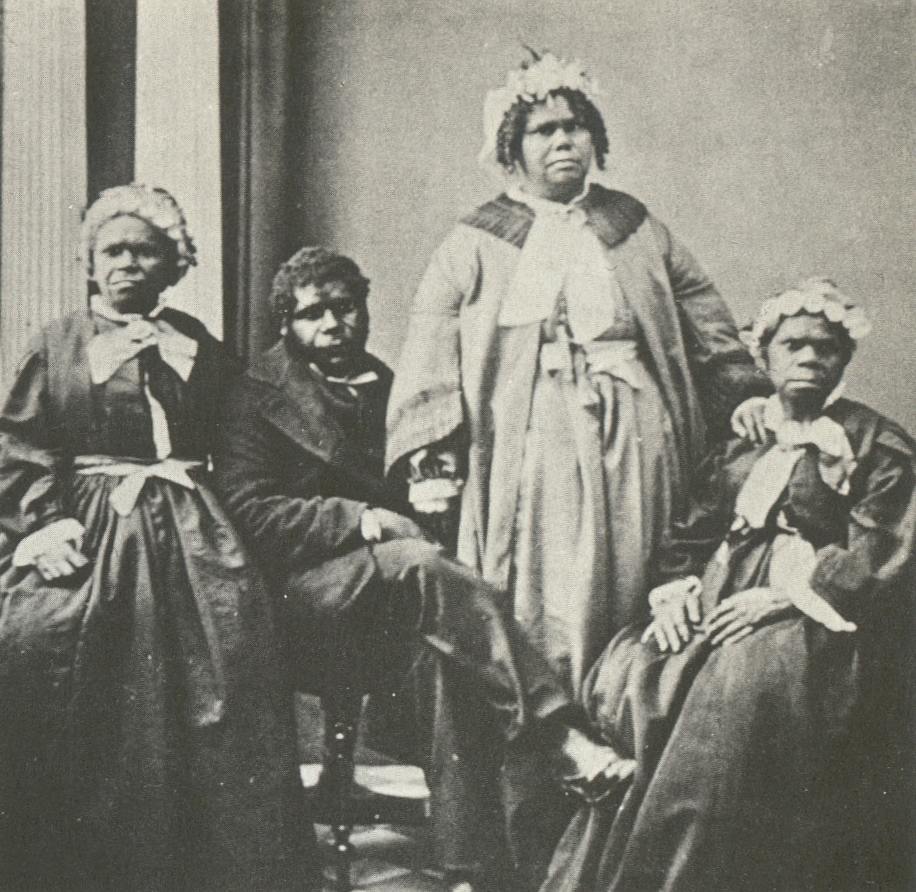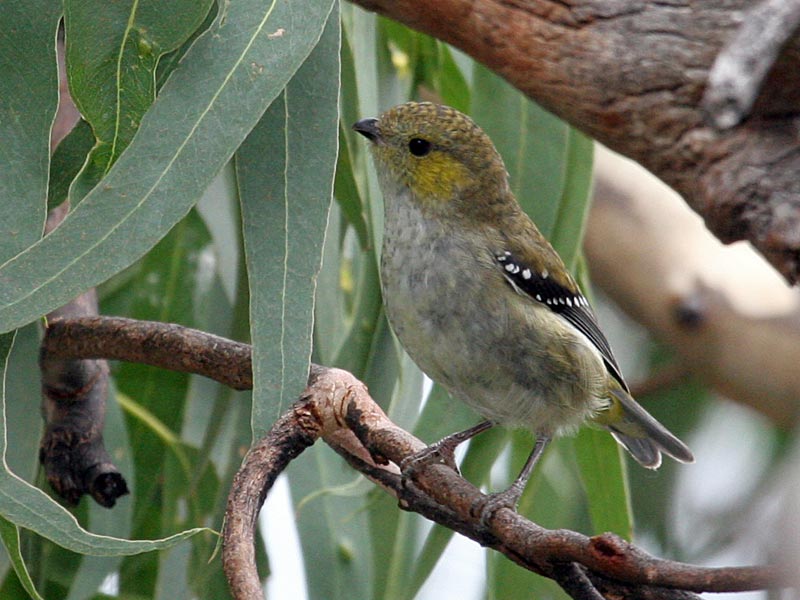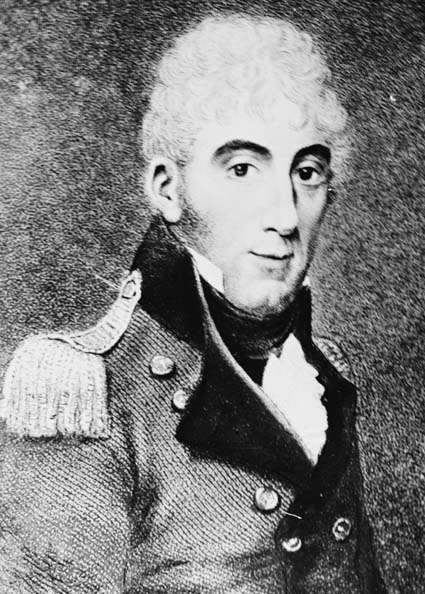|
Tasmanian Aborigine
The Aboriginal Tasmanians (Palawa kani: ''Palawa'' or ''Pakana'') are the Aboriginal people of the Australian island of Tasmania, located south of the mainland. For much of the 20th century, the Tasmanian Aboriginal people were widely, and erroneously, thought of as being an extinct cultural and ethnic group that had been intentionally exterminated by white settlers. Contemporary figures (2016) for the number of people of Tasmanian Aboriginal descent vary according to the criteria used to determine this identity, ranging from 6,000 to over 23,000. First arriving in Tasmania (then a peninsula of Australia) around 40,000 years ago, the ancestors of the Aboriginal Tasmanians were cut off from the Australian mainland by rising sea levels c. 6000 BC. They were entirely isolated from the outside world for 8,000 years until European contact. Before British colonisation of Tasmania in 1803, there were an estimated 3,000–15,000 Palawa. The Palawa population suffered a drastic ... [...More Info...] [...Related Items...] OR: [Wikipedia] [Google] [Baidu] |
Tasmania
) , nickname = , image_map = Tasmania in Australia.svg , map_caption = Location of Tasmania in AustraliaCoordinates: , subdivision_type = Country , subdivision_name = Australia , established_title = Before federation , established_date = Colony of Tasmania , established_title2 = Federation , established_date2 = 1 January 1901 , named_for = Abel Tasman , demonym = , capital = Hobart , largest_city = capital , coordinates = , admin_center = 29 local government areas , admin_center_type = Administration , leader_title1 = Monarch , leader_name1 = Charles III , leader_title2 = Governor , leader_name2 ... [...More Info...] [...Related Items...] OR: [Wikipedia] [Google] [Baidu] |
Geoffrey Blainey
Geoffrey Norman Blainey (born 11 March 1930) is an Australian historian, academic, best selling author and commentator. He is noted for having written authoritative texts on the economic and social history of Australia, including '' The Tyranny of Distance''. He has published over 40 books, including wide-ranging histories of the world and of Christianity. He has often appeared in newspapers and on television. He held chairs in economic history and history at the University of Melbourne for over 20 years. In the 1980s, he was visiting professor of Australian Studies at Harvard University. He received the 1988 Britannica Award for 'exceptional excellence in the dissemination of knowledge for the benefit of mankind', the first historian to receive that awardEncyclopædia Britannica,"Book of the Year, 1988", Chicago, p. 15 and was made a Companion of the Order of Australia in 2000. He was once described by Graeme Davison as the "most prolific, wide-ranging, inventive, and, in t ... [...More Info...] [...Related Items...] OR: [Wikipedia] [Google] [Baidu] |
Flinders Island
Flinders Island, the largest island in the Furneaux Group, is a island in the Bass Strait, northeast of the island of Tasmania. Flinders Island was the place where the last remnants of aboriginal Tasmanian population were exiled by the colonial British government. Today Flinders Island is part of the state of Tasmania, Australia. It is from Cape Portland and is located on 40° south, a zone known as the Roaring Forties. History Prehistory Flinders Island was first inhabited at least 35,000 years ago, when people made their way from Australia across the then land-bridge which is now Bass Strait. A population remained until about 4,500 years ago, succumbing to thirst and hunger following an acute El Niño climate shift. European discovery Some of the south-eastern islands of the Furneaux Group were first recorded in 1773 by British navigator Tobias Furneaux, commander of , the support vessel with James Cook on Cook's second voyage. In February 1798, British navigator ... [...More Info...] [...Related Items...] OR: [Wikipedia] [Google] [Baidu] |
Wybalenna Island
Wybalenna Island comprises four round granite islands with a combined area of about 16 ha, in south-eastern Australia. It is part of Tasmania’s Prime Seal Island Group, lying in eastern Bass Strait west of Flinders in the Furneaux Group. The island is a conservation area.Brothers, Nigel; Pemberton, David; Pryor, Helen; & Halley, Vanessa. (2001). ''Tasmania’s Offshore Islands: seabirds and other natural features''. Tasmanian Museum and Art Gallery: Hobart. Fauna Recorded breeding seabird and wader species are little penguin, short-tailed shearwater, white-faced storm-petrel, Pacific gull, silver gull, sooty oystercatcher and black-faced cormorant The black-faced cormorant (''Phalacrocorax fuscescens''), also known as the black-faced shag, is a medium-sized member of the cormorant family. Upperparts, including facial skin and bill, are black, with white underparts. It is endemic to coa .... The metallic skink is present. See also * List of islands of Tasman ... [...More Info...] [...Related Items...] OR: [Wikipedia] [Google] [Baidu] |
Furneaux Group
The Furneaux Group is a group of approximately 100 islands located at the eastern end of Bass Strait, between Victoria and Tasmania, Australia. The islands were named after British navigator Tobias Furneaux, who sighted the eastern side of these islands after leaving Adventure Bay in 1773 on his way to New Zealand to rejoin Captain James Cook. Navigator Matthew Flinders was the first European to explore the Furneaux Islands group, in the in 1798, and later that year in the . The largest islands in the group are Flinders Island, Cape Barren Island, and Clarke Island. The group contains five settlements: Killiecrankie, Emita, Lady Barron, Cape Barren Island, and Whitemark on Flinders Island, which serves as the administrative centre of the Flinders Council. There are also some small farming properties on the remote islands. After seals were discovered there in 1798, the Furneaux Group of islands became the most intensively exploited sealing ground in Bass Strait. A to ... [...More Info...] [...Related Items...] OR: [Wikipedia] [Google] [Baidu] |
George Arthur
Sir George Arthur, 1st Baronet (21 June 1784 – 19 September 1854) was Lieutenant Governor of British Honduras from 1814 to 1822 and of Van Diemen's Land (present-day Tasmania) from 1823 to 1836. The campaign against Aboriginal Tasmanians, known as the Black War, occurred during this term of office. He later served as Lieutenant Governor of Upper Canada from 1838 to 1841, and Governor of Bombay from 1842 to 1846. Early life George Arthur was born in Plymouth, England. He was the youngest son of John Arthur, from a Cornish family, and his wife, Catherine, daughter of Thomas Cornish. He entered the army in 1804 as an ensign and was promoted lieutenant in June 1805. He served during the Napoleonic Wars, including Sir James Craig's expedition to Italy in 1806. In 1807 he went to Egypt, and was severely wounded in the attack upon Rosetta. He recuperated and was promoted to captain under Sir James Kempt in Sicily in 1808, and participated in the Walcheren expedition in 1 ... [...More Info...] [...Related Items...] OR: [Wikipedia] [Google] [Baidu] |
Lieutenant-Governor Of Tasmania
The governor of Tasmania is the representative in the Australian state of Tasmania of the Monarch of Australia, currently King Charles III. The incumbent governor is Barbara Baker, who was appointed in June 2021. The official residence of the governor is Government House located at the Queens Domain in Hobart. As the sovereign predominantly lives outside Tasmania, the governor's primary task is to perform the sovereign's constitutional duties on their behalf. As with the other state governors, the governor performs similar constitutional and ceremonial functions at the state level as the governor-general of Australia does at the national level. The position has its origins in the positions of commandant and lieutenant-governor in the colonial administration of Van Diemen's Land. The territory was separated from the Colony of New South Wales in 1825 and the title "governor" was used from 1855, the same year in which it adopted its current name. In accordance with the convent ... [...More Info...] [...Related Items...] OR: [Wikipedia] [Google] [Baidu] |
George Augustus Robinson
George Augustus Robinson (22 March 1791 – 18 October 1866) was a British-born colonial official and self-trained preacher in colonial Australia. In 1824, Robinson travelled to Hobart, Van Diemen’s Land, where he attempted to negotiate a peace between European settlers and Aboriginal Tasmanians prior to the outbreak of the Black War. He was appointed Chief Protector of Aborigines by the Aboriginal Protection Board in Port Phillip District, New South Wales in 1839, a position he held until 1849. Early life Robinson was born on 22 March 1791, probably in London, England, to William Robinson, a construction worker, and Susannah Robinson (''née'' Perry). He followed his father into the building trade, married Maria Amelia Evans on 28 February 1814, and had five children over the next ten years. He was connected with the engineering department at the Chatham Dockyard and had some involvement with the construction of martello towers along England's coast, possibly as ... [...More Info...] [...Related Items...] OR: [Wikipedia] [Google] [Baidu] |
Genocide Convention
The Convention on the Prevention and Punishment of the Crime of Genocide (CPPCG), or the Genocide Convention, is an international treaty that criminalizes genocide and obligates state parties to pursue the enforcement of its prohibition. It was the first legal instrument to codify genocide as a crime, and the first human rights treaty unanimously adopted by the United Nations General Assembly, on 9 December 1948, during the third session of the United Nations General Assembly. The Convention entered into force on 12 January 1951 and has 152 state parties . The Genocide Convention was conceived largely in response to World War II, which saw atrocities such as the Holocaust that lacked an adequate description or legal definition. Polish-Jewish lawyer Raphael Lemkin, who had coined the term genocide in 1944 to describe Nazi policies in occupied Europe and the Armenian genocide, campaigned for its recognition as a crime under international law. This culminated in 1946 in a lan ... [...More Info...] [...Related Items...] OR: [Wikipedia] [Google] [Baidu] |
United Nations
The United Nations (UN) is an intergovernmental organization whose stated purposes are to maintain international peace and security, develop friendly relations among nations, achieve international cooperation, and be a centre for harmonizing the actions of nations. It is the world's largest and most familiar international organization. The UN is headquartered on international territory in New York City, and has other main offices in Geneva, Nairobi, Vienna, and The Hague (home to the International Court of Justice). The UN was established after World War II with the aim of preventing future world wars, succeeding the League of Nations, which was characterized as ineffective. On 25 April 1945, 50 governments met in San Francisco for a conference and started drafting the UN Charter, which was adopted on 25 June 1945 and took effect on 24 October 1945, when the UN began operations. Pursuant to the Charter, the organization's objectives include maintaining internationa ... [...More Info...] [...Related Items...] OR: [Wikipedia] [Google] [Baidu] |
Raphael Lemkin
Raphael Lemkin ( pl, Rafał Lemkin; 24 June 1900 – 28 August 1959) was a Polish lawyer who is best known for coining the term ''genocide'' and initiating the Genocide Convention, an interest spurred on after learning about the Armenian genocide and finding out that no international laws existed to prosecute the Ottoman leaders who had perpetrated these crimes. Lemkin coined ''genocide'' in 1943 or 1944 from ( grc-gre, γένος, 'family, clan, tribe, race, stock, kin') and ''-cide'' ( la, -cīdium, 'killing'). He became interested in war crimes after reading about the 1921 trial of Soghomon Tehlirian for the assassination of Talaat Pasha. He recognized the fate of Armenians as one of the most significant genocides of the 20th century. Life Early life Lemkin was born Rafał Lemkin on 24 June 1900 in Bezwodne, a village in the Volkovyssky Uyezd of the Grodno Governorate of the Russian Empire (present-day Belarus). He grew up in a Polish Jewish family on a large farm ne ... [...More Info...] [...Related Items...] OR: [Wikipedia] [Google] [Baidu] |
Colin Tatz
Colin Tatz AO (18 July 1934 – 19 November 2019) was the director of thAustralian Institute for Holocaust and Genocide Studies Professor of Politics at the University of New England, Armidale, and at Macquarie University, Sydney. Biography Colin Tatz was born in South Africa on 18 July 1934. He was a graduate of the University of Natal and Australian National University. In 1964 Tatz received his Ph.D. from the Australian National University. He authored several books and published articles on race politics, genocide, the Holocaust, antisemitism, and racism in sport. Bibliography Books * ''Shadow and Substance in South Africa, A Study in Land and Franchise Policies Affecting Africans'', 1910–1960 (1962). * ''Aborigines in the Economy'', edited by Ian Sharp and Colin Tatz (1966). * ''Aborigines and Education'', edited by S.S. Dunn and C.M. Tatz (1969). * ''Black Viewpoints: The Aboriginal Experience'', ed. C.M. Tatz (1975). * ''Race Politics in Australia: Aborigines, Polit ... [...More Info...] [...Related Items...] OR: [Wikipedia] [Google] [Baidu] |







